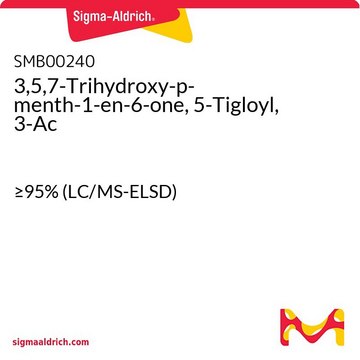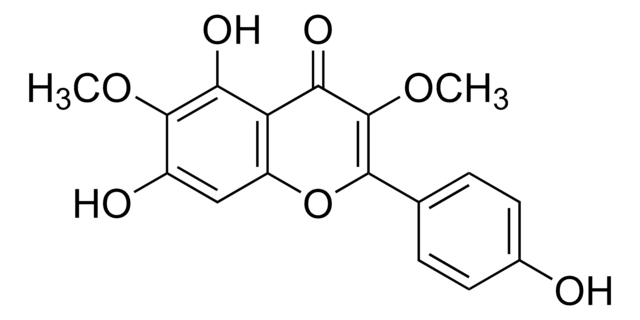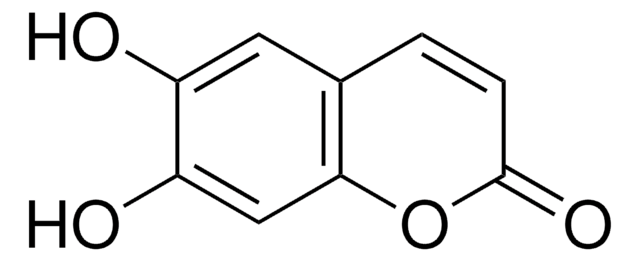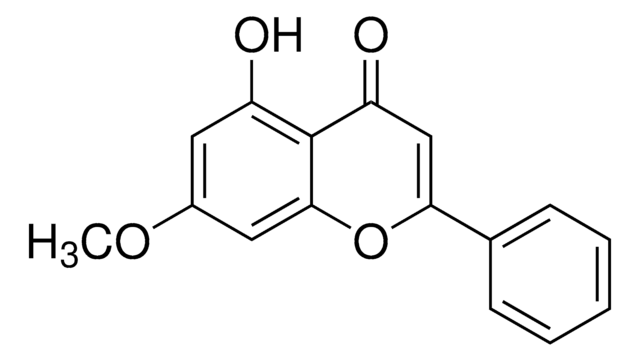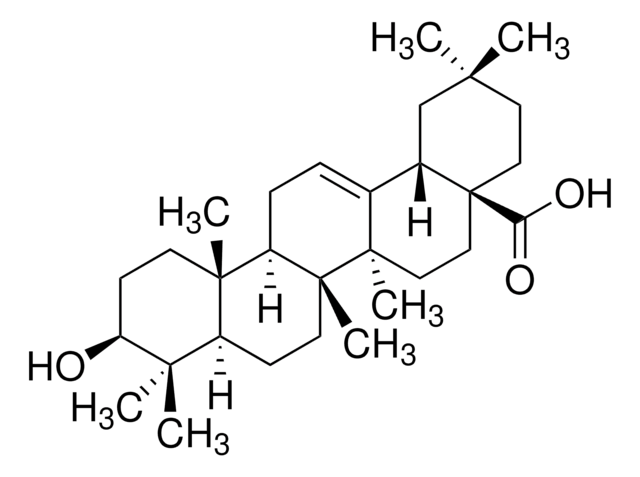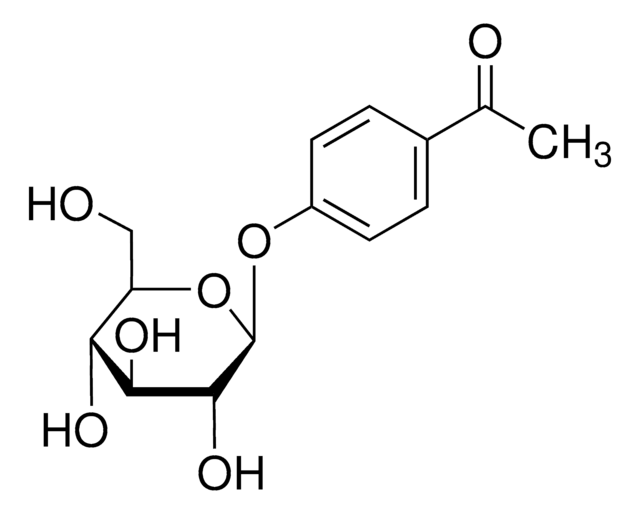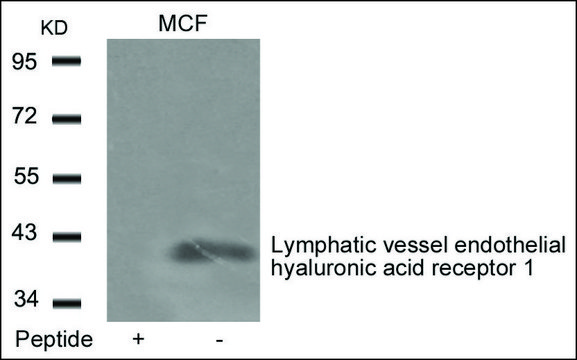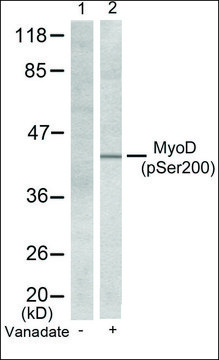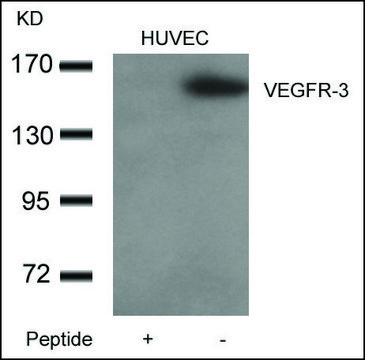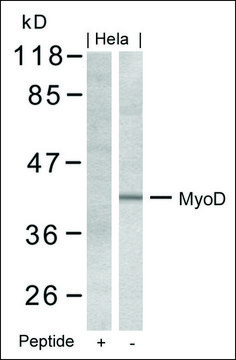92283
Polymyxin B solution
20 mg/mL in H2O
Synonym(s):
Aerosporin, Polymyxin B, Polymyxin B Sulfate
Select a Size
Select a Size
About This Item
Recommended Products
biological source
Bacillus polymyxa (fermentation)
Quality Level
form
liquid
optical activity
[α]/D 20/D (Rotation: -2.3 +/- 0.2 degrees)
concentration
20 mg/mL in H2O
color
colorless to slightly yellow
solubility
H2O: soluble 20 mg/mL
antibiotic activity spectrum
Gram-negative bacteria
Gram-positive bacteria
fungi
Mode of action
cell membrane | interferes
storage temp.
2-8°C
Looking for similar products? Visit Product Comparison Guide
1 of 4
This Item | SAB4300059 | SAB4300609 | SAB4300397 |
|---|---|---|---|
| Quality Level 100 | Quality Level 100 | Quality Level 100 | Quality Level 100 |
| antibody form affinity isolated antibody | antibody form affinity isolated antibody | antibody form affinity isolated antibody | antibody form affinity isolated antibody |
| biological source rabbit | biological source rabbit | biological source rabbit | biological source rabbit |
| conjugate unconjugated | conjugate unconjugated | conjugate unconjugated | conjugate unconjugated |
| species reactivity mouse, human, rat | species reactivity rat, human, mouse | species reactivity human | species reactivity mouse, human, rat |
| storage temp. −20°C | storage temp. −20°C | storage temp. −20°C | storage temp. −20°C |
General description
Application
Biochem/physiol Actions
Mode of Resistance: The activity of Polymyxin B sulfate is inhibited by iron(II), Co(II), Mn(II) and Magnesium ions. Polymyxin B may also be incompaitible with other microbial agents, including amphoterecin, cephalothin sodium, cephasolin sodium and heparin sodium.
Antimicrobial Spectrum: Has bactericidal action on most gram-negative bacilli, including E. Coli and on most fungi and gram-positive bacteria.
Packaging
Preparation Note
Other Notes
Storage Class Code
12 - Non Combustible Liquids
WGK
WGK 2
Flash Point(F)
Not applicable
Flash Point(C)
Not applicable
Personal Protective Equipment
Choose from one of the most recent versions:
Certificates of Analysis (COA)
Don't see the Right Version?
If you require a particular version, you can look up a specific certificate by the Lot or Batch number.
Already Own This Product?
Find documentation for the products that you have recently purchased in the Document Library.
Our team of scientists has experience in all areas of research including Life Science, Material Science, Chemical Synthesis, Chromatography, Analytical and many others.
Contact Technical Service